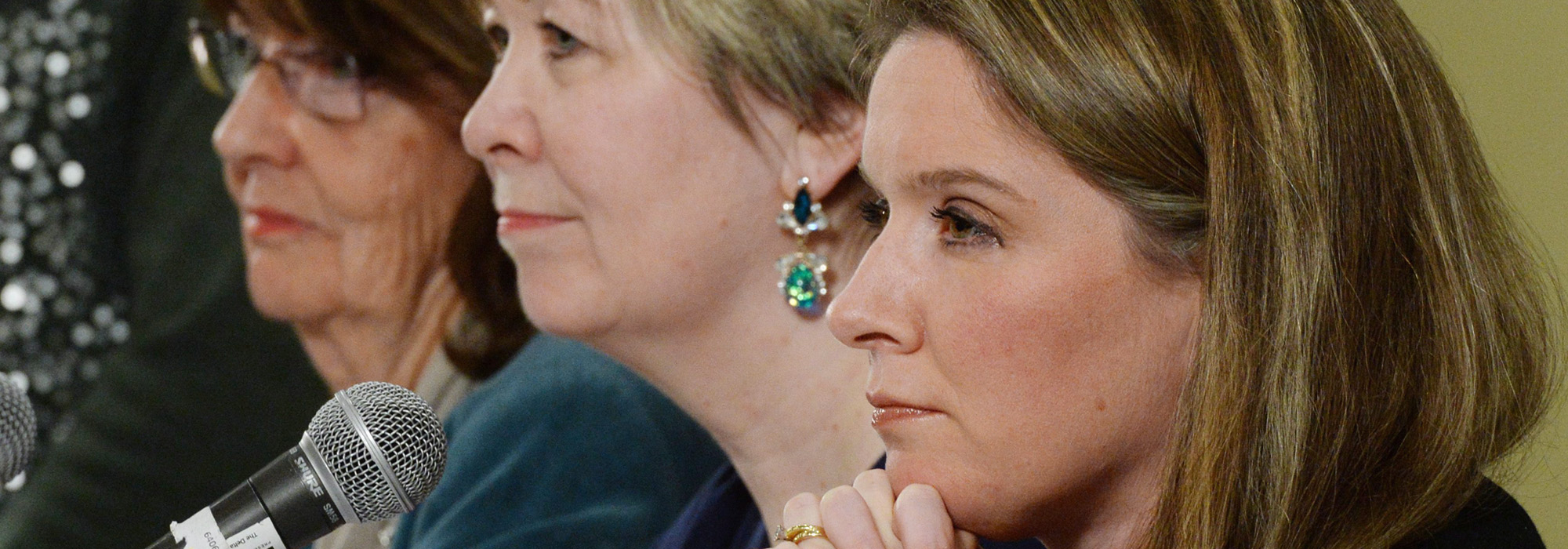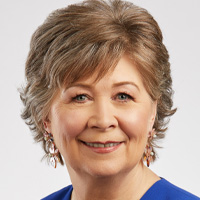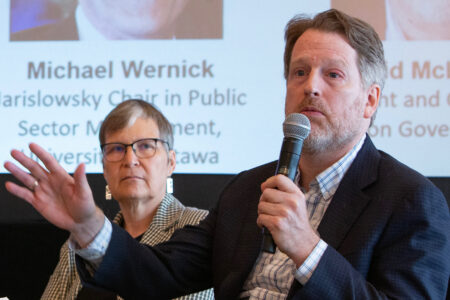
The actions of national campaign directors are consequential for the success or failure of political parties in Canadian federal elections. Like the head coach of a hockey team, they devise the party’s overall strategy to win the election. They are often held accountable for just about everything that happens during the party’s campaign and – like a head coach at the end of the season – are proclaimed a genius if their party wins or, along with the leader, will take most of the blame if their party loses. Canadians who follow politics were probably introduced to existence of national campaign directors through media accounts of Senator Keith Davey – the Liberal Party’s “rainmaker” who managed the party’s successful campaigns from the 1960s until the middle of the 1980s. Davey wrote a political memoir, Rainmaker: A Passion for Politics, that describes campaign strategies of the Liberal Party during his time as national campaign director. A few other campaign directors have followed suit, with books providing a good sense of what went on in backrooms, and twists and turns of campaigns. However, their books lack a basic description of the duties of national campaign directors and how those duties fit into the larger organizational structure of a national Canadian campaign.
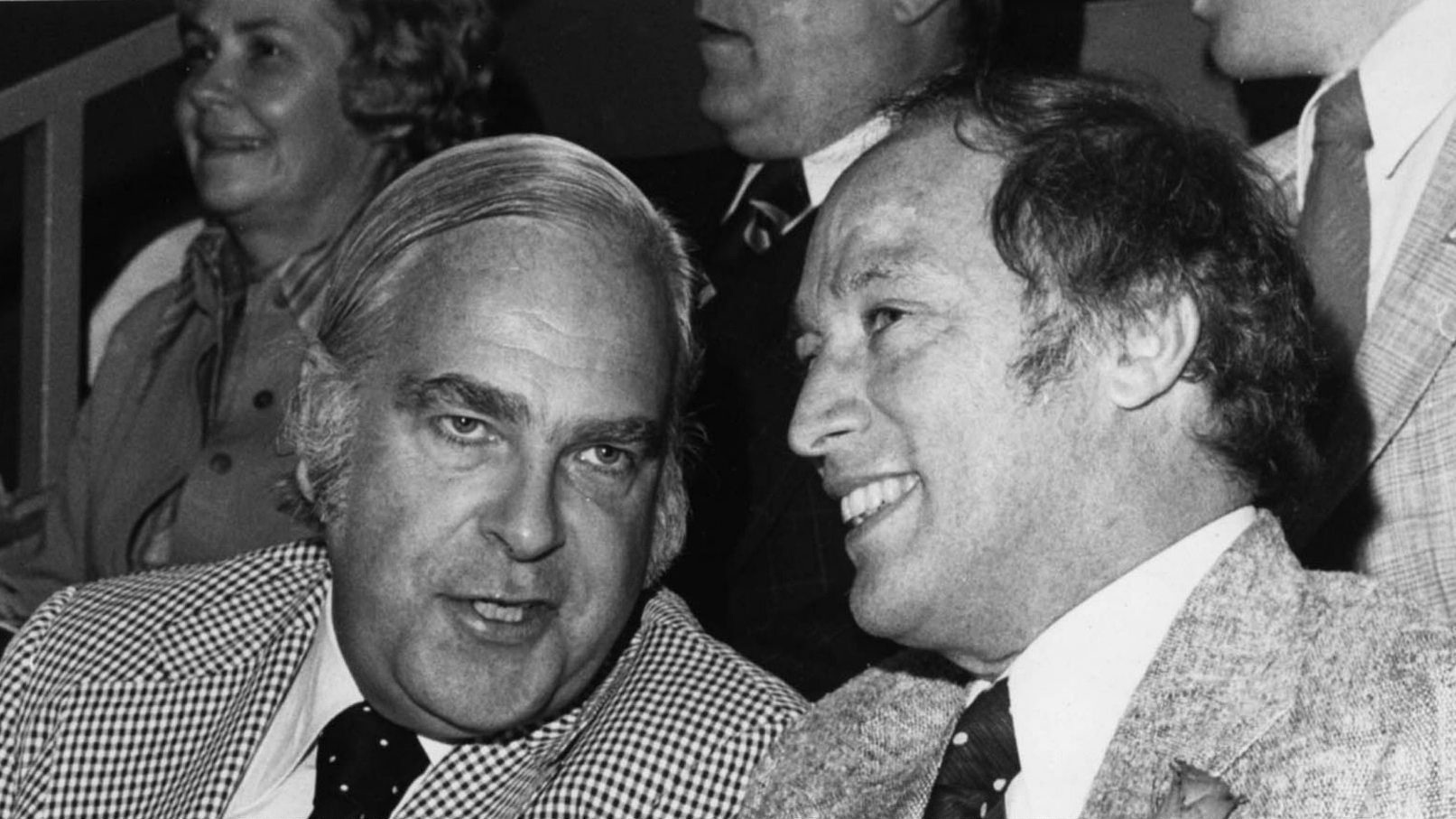
That’s starting to change. In recent elections, campaign directors have been thrust into the media spotlight, gaining a media profile as large as cabinet ministers and much larger than most MPs. For instance, in the lead-up to the 2015 federal election, several newspapers and magazines ran stories highlighting the fact that national campaign directors for all three contenders for government were women (Jenni Byrne, Conservative; Katie Telford, Liberal; and Anne McGrath, New Democratic Party) and exploring their personalities and life stories.
To examine the activities of campaign managers, we draw on the experiences of Anne McGrath (a co-author of this piece) and Jennifer Howard, the national NDP campaign directors for the 2015 and 2019 election campaigns, respectively. Although duties vary by party and election, national campaign directors in general have four primary duties: strategic decision-making, consultation, monitoring, and problem-solving.
Strategic decision-making
It’s clear the job is earned only after years of working in various roles for their party. This gives them deep knowledge about its culture, they develop extensive networks, and thoroughly understand national and local campaign organizations. Campaign directors help to make complex, strategic decisions that shape the campaign’s general direction, involve significant resources, and aren’t easily reversed. Building a team of senior staff and creating a formal campaign strategy outlining the main elements of the campaign at a high and broad level are urgent, initial challenges. The campaign budget is then formulated with very specific plans for fundraising, platform development, communications with media, organization within local ridings, candidate recruitment and the leader’s tour. These plans are in development long before voters cast their ballots.
After the writ drops, campaign directors continue with strategic decision-making and are daily involved in deciding how to react to sudden events, headlines, when and how to criticize opponents. Despite extensive pre-campaign planning, changes in the leader’s schedule and some shifting of resources may be needed.
Consultation
Campaign directors don’t work alone, of course: they consult continually with senior staff at party headquarters and across the country. They frequently meet with the party leader and the leader’s staff to discuss election preparations; frequently speak with local campaign managers; and report to the party’s executive. Informal consultations are also held with senior MPs, citizens groups and industrial associations, members of the media, and prominent pundits. These conversations give a campaign director a sense of the feelings and thoughts of important party members and influential people in Canadian politics while influencing their actions and thoughts.
Monitoring
In the pre-election period, a campaign director’s day begins with scans of both traditional media and social media to see what issues are emerging within Canadian politics and if there is any immediate role for party headquarters to play. Next, the director views daily internal reports tracking the party’s fundraising, organization, spending, and communications, These reports are crucial for understanding the party’s overall performance and the areas where the campaign director needs to intervene to improve it. The rest of the day is filled with face-to-face meetings and conference calls with a variety of people, from party staff to vendors to stakeholders.
Once the writ is dropped, a campaign director’s monitoring duties become even more important. If in Ottawa, and not on the leader’s tour, the director may begin the day with a strategy meeting to monitor key metrics of the campaign (e.g. polling, fundraising, canvassing marks) and to review the key message of the day that the campaign “war room” staff has formulated. Communications with the leader’s tour involves at least two updates per day – sometimes with the party leader as well as staff. Even after the final campaign event of the day, the director continues work, answering emails and taking telephone calls. Bed time is usually after 11 p.m., and directors say adrenaline helps them cope with sleep deprivation.
Problem-solving
Solving problems is a key role for the campaign director. A very serious problem could involve a gaffe by the leader or an issue that divides the party. Crises of this magnitude could throw an entire campaign off-message and cause polling numbers to plunge. At such times, almost all central campaign resources are consumed with crisis response and getting the campaign back on track as soon as possible.
Over the course of one evening during the 2019 campaign, all four duties of NDP campaign director Jennifer Howard came into play – monitoring, consultation, problem-solving, and strategic decision-making. With little time to reflect, she had to act quickly concerning an issue that turned out to be decisive for the success of the NDP’s campaign.
Howard was monitoring a town hall that NDP leader Jagmeet Singh was holding in a racially diverse riding in Toronto. As he was speaking, Howard became aware that a photo of Liberal Prime Minister Justin Trudeau in blackface had surfaced and the news story was going viral on social media. Singh hadn’t seen the photo, nor had he been briefed on what to say about it. With the clock ticking down before the leader started to take questions from the media, the usual practice after his town hall meetings, Howard faced a strategic decision. Was it better to awkwardly pull Singh off stage for a briefing before he was asked a question about the prime minister’s blackface photo? Or, allow him to speak from the heart and make his response public as soon as possible? Considering that Singh was the first person from a racial minority background to lead a major Canadian federal party and the only non-white party leader in the campaign, everyone in the country would be interested in his reaction. Indeed, that would instantly become one of the top news stories of the day.
The decision was made to let the event continue as planned A reporter put a question to Singh about the photo and that the Liberal campaign had confirmed its authenticity. The NDP leader stopped to think, then said that he hadn’t seen the photo but that it was “insulting” and “troubling.” Singh then spoke about how dressing in blackface makes a mockery of racialized minorities. The room of supporters, many of whom had often experienced racism themselves, erupted in applause. Given the difficult circumstances, the NDP’s leader had performed admirably and many news media, pundits, and citizens began to praise his answer on social media.
Howard was then told Trudeau would hold a press conference that evening, raising the question: should Singh address the issue immediately after, or wait until the next day? Many telephone discussions ensued, some with Singh, who was receiving numerous messages and phone calls from people who had suffered racial abuse, telling him about how the blackface photo was bringing back painful memories of discrimination and bullying. The strategic decision was made: Singh would address the media that evening after Trudeau had finished speaking. There were very few racial minority voices commenting in the media on the story and the NDP leader felt a responsibility to racial minorities in Canada to speak up as soon as possible.
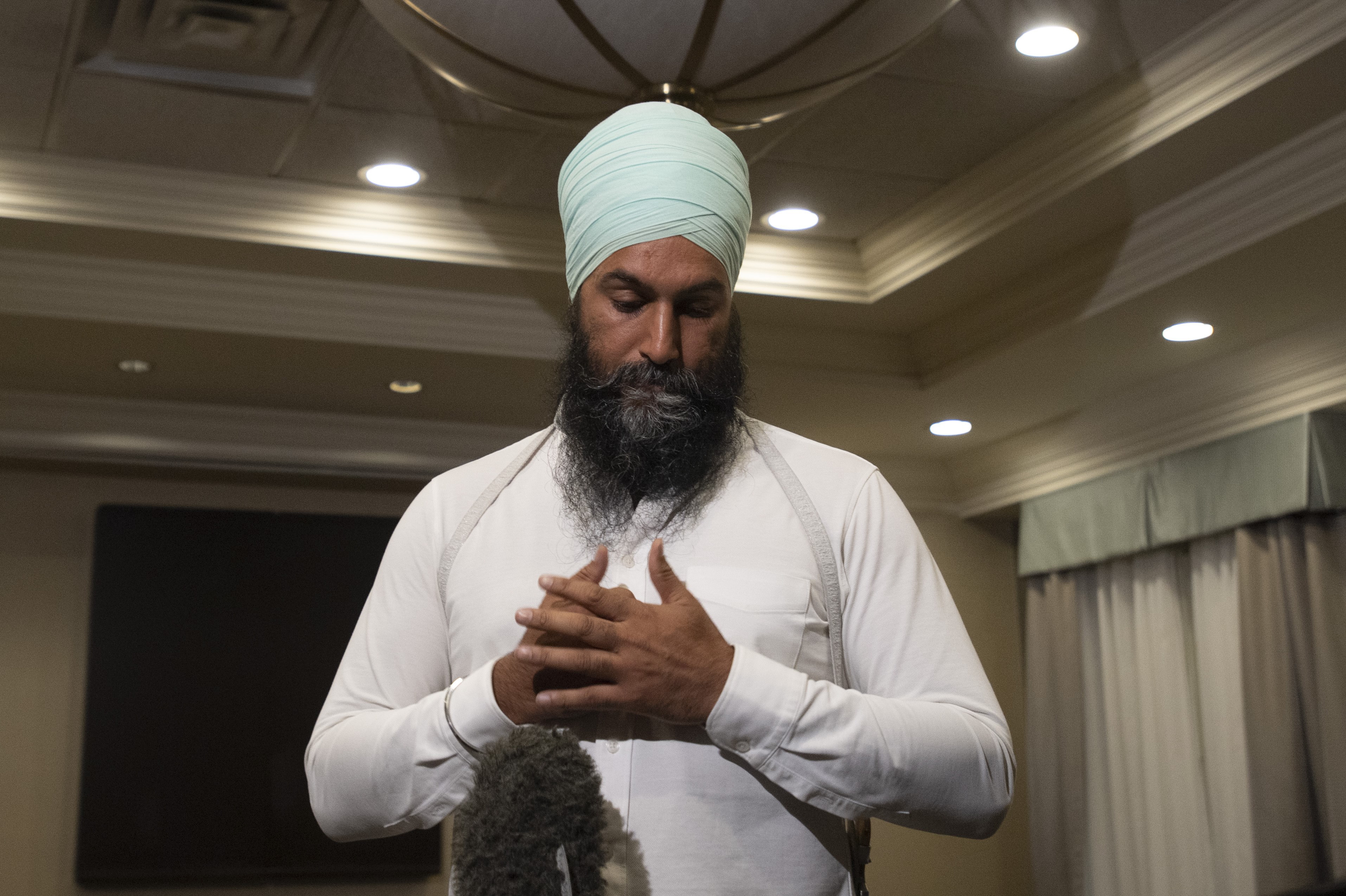
With no time to develop precise messaging, speaking notes, or rehearsal the NDP leader held a hastily organized press conference in a poorly lit hotel room an hour after the prime minister spoke. Singh said he did not want to focus on Trudeau’s actions but on the people who were hurt by them. Speaking to young, racial minorities he said: “You might feel like giving up on Canada. You might feel like giving up on yourselves. I want you to know that you have value. You have worth. And you are loved. And I don’t want you to give up on Canada and please don’t give up on yourselves.” Howard considers that Singh’s finest moment in the campaign, and it led to a rise in his popularity in internal and public polling.
In the days of Keith Davey political operatives carefully planned media interactions, and then waited to see the headlines on the evening news or in the morning newspaper. In today’s fast-paced media environment, communication technologies can shape campaign decision-making. As politics speeds up, campaign directors will be compelled to harness all of their expertise as they inject a measure of strategic calm into hectic, high-stakes situations.
This article is part of The Insider’s View Behind the Scenes of Election Campaigns special feature.




